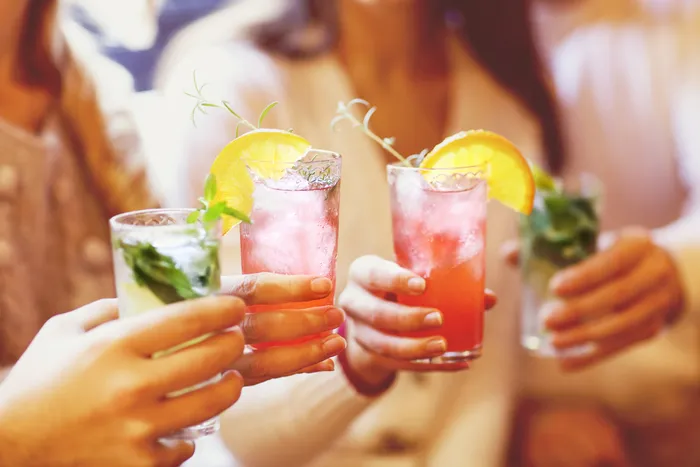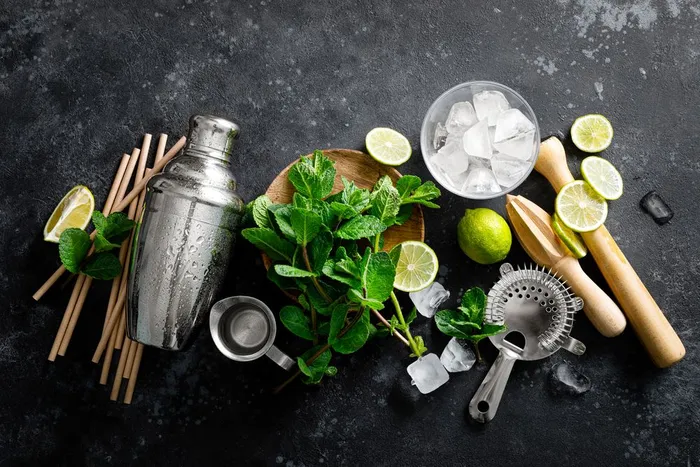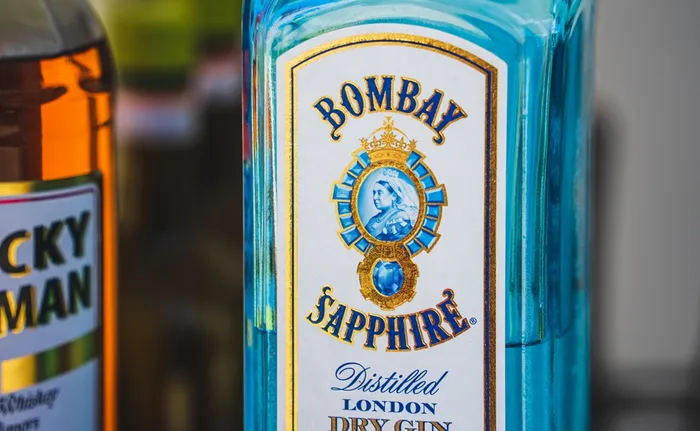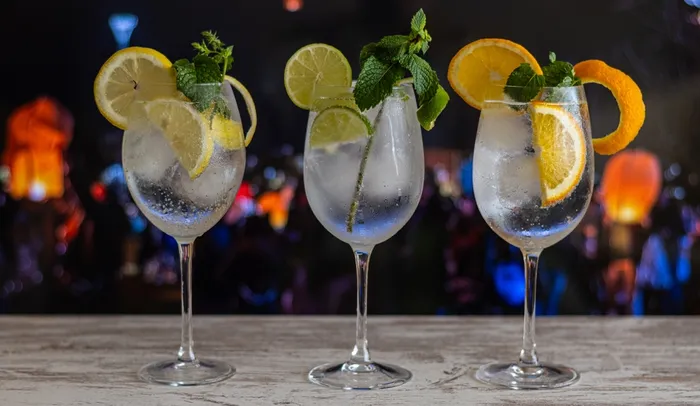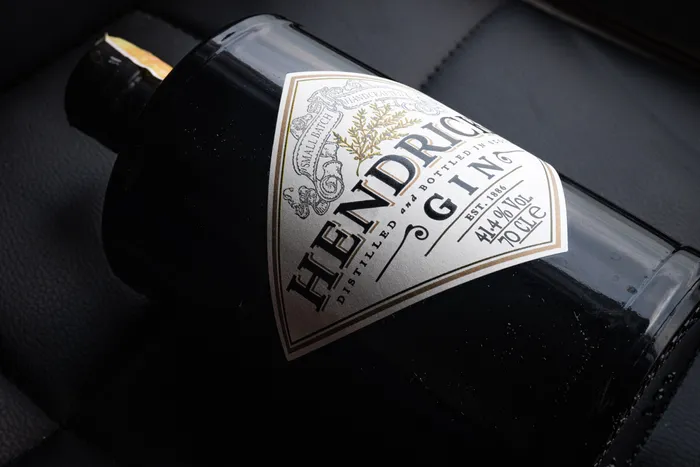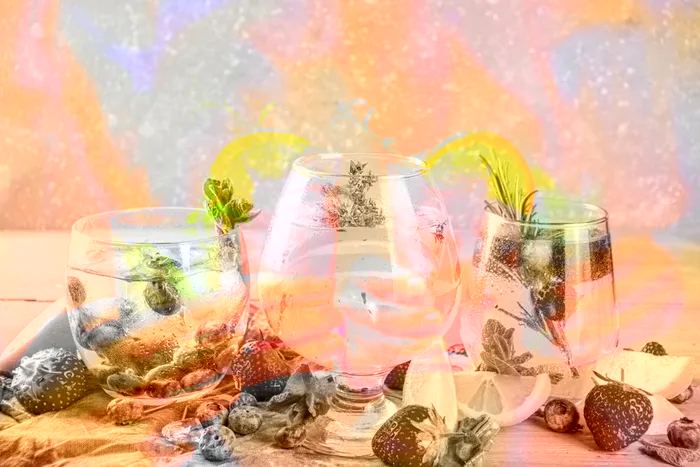There are no results that match your search.
Gin • 8 min • 22.08.2023
What is Gin: A Beginner's Guide to Understanding this Fine Spirit

Gin, a spirit celebrated worldwide for its unique blend of botanicals, has a rich history rooted in the Lowlands of Belgium and the Netherlands. From its early medicinal uses in the 13th century to its massive popularity during the "Gin Craze" of the 18th century, gin's journey is varied.
This spirit has evolved over the centuries, influenced by various cultures. Its diverse range of flavours, from citrusy to floral, makes it an ideal companion for various dishes, elevating the culinary experience. Whether it's the refreshing citrus notes of a London Dry Gin complementing grilled fish or the robustness of a Cask Strength Gin balancing a juicy beef fillet, pairing gin with food is an art that harmoniously blends history, culture, and taste.
To help you dive into this fascinating gin journey, from its origins to its place at the dining table, we spoke to Maria Massoura, DipWSET, a wine and spirits consultant with experience as a judge in cocktail competitions in Cyprus and Tel Aviv.
A Brief History of Gin
- 14th and 15th centuries
People started distilling juniper berries, creating various concoctions believed to have curative properties.
- 16th century
Due to the esteemed craft of distillation, many Belgians introduced gin to the Netherlands during their migration, leading to the Netherlands being recognised as the birthplace of "Genever," now known as gin.
- 17th century
Dutch soldiers introduced their beloved Genever to England. English people consumed it in vast quantities, affectionately naming it "Madam Geneva," "Blue Ruin," and "Ladies Delight."
- 18th century
The "Gin Craze" saw a surge in consumption, leading to diminished quality and the addition of sugar, lime, and water to improve taste. The Act of 1751 addressed this by improving production standards, setting the stage for the emergence of upscale Gin Palaces in the 1850s.
- 20th century
During Prohibition, gin's popularity surged in the US, giving rise to "bathtub gin," a homemade blend. Gin's allure was further amplified by its portrayal in movies like the James Bond films and endorsements from literary icons like Ernest Hemingway.
What is Gin Made From?
At its core, gin is a distilled spirit. The main part is undoubtedly the juniper berry. But what truly defines gin are the botanicals.
Commonly, you'll find:
-
Citrus elements from dried fruits like lemon or orange peels or even whole fruit
-
Coriander, which offers a hint of citrus and spice
-
Angelica, which lends an earthy, medicinal note
-
Cassia bark, which is reminiscent of cinnamon
Gin Alcohol Content and Distillation Process
Gin, like many spirits, varies in alcohol content, typically ranging between 35% to 45%. This variation is due to the distillation process. After distillation, the spirit is quite strong and is often diluted with water to make it more palatable, usually settling around 40%.
The distillation process involves heating a fermented liquid to separate alcohol from other components, enhancing the alcohol content and infusing flavours. Gin originates from a fermented mash, often from grains like barley, wheat, or molasses. After fermentation, aromatic botanicals are introduced, necessitating another round of distillation. The botanicals can be steeped directly into the base spirit, much like making a cup of tea. Alternatively, they can be placed in a cotton sack and steeped or even hung above the spirit. As the spirit evaporates, it passes through these botanicals, absorbing their rich flavours.
How To Drink Gin
Gin can be enjoyed in many ways, each highlighting its unique character. From the classic gin and tonic to sophisticated cocktails, the choices are vast. Let's have a look at some ways to drink gin:
- Gin and Tonic
"The secret is to have a good eye. So if you are at home, use ice cubes made with water that's clean and pure", says Massoura. This drink is simple and refreshing. But with a plethora of tonics on the market, each can bring out a different facet of your gin.
- Gin and Soda
Riding on the health wave, gin and soda are becoming increasingly popular. With fewer calories than its tonic counterpart, this mix is crisp and lets the gin take centre stage.
- Classic Cocktails
Depending on your preference, you can go for a wet or dry ratio. Then there's the zesty Negroni, the refreshing Tom Collins, and the elegant White Lady. Each cocktail offers a unique taste experience, showcasing gin in all its glory.
- Neat or On the Rocks
For people who truly want to appreciate the nuances of a premium or aged gin, sipping it neat or over a large ice cube is the way to go. This method allows you to experience the gin's full flavour profile without any distractions.
A Guide to Gin's Many Types
Today, gin is more than just a drink; it's a culture. From the grand Copa glasses in Barcelona bars to the myriad of tonics available, gin has truly become a global phenomenon. But how do you choose a gin? Here are a few types of gin you can try and what makes each different:
- Genever
Often considered the ancestor of gin, Genevieve is rich in flavour and boasts a heavier style. Its complex profile makes it best enjoyed neat.
- London Dry
Contrary to what its name might suggest, London Dry isn't exclusive to London. It's a style defined by its predominant juniper berry flavour. "Typically, it has an alcohol content of at least 37.5% and contains no more than 0.1 grams of sugar", says Massoura, which adds to its dry taste.
- Old Tom
Sitting somewhere between Genever and London Dry, Old Tom is lighter and less sweet than Genevieve but richer in flavour than London Dry.
- Plymouth Gin
This isn't just gin with a pink colour. Pink gin is infused with botanicals, spices, or bitters that give it its distinctive colour. It's often on the sweeter side and pairs beautifully with tonic or soda.
- Pink Gin
Unique in its own right, Plymouth Gin is both the name of the distillery and the type. It's drier than London Dry, with a more pronounced citrus note and a spicy kick. Its seven botanicals, including angelica root and orris root, give it an earthy touch and a delightful oily texture, making it a top pick for martinis.
- Sloe Gin
Made with sloe berries, this gin offers a delightful balance between the tartness of the berries and the robust flavour of juniper. It's a versatile gin that can be enjoyed in a range of cocktails.
- Aged Gins
These are gins that have spent time maturing in barrels, much like whisky. The ageing process imparts a deeper flavour and often a golden hue to the gin. They're best enjoyed neat, allowing you to savour the rich, oaky notes.
Gin: A Timeless Spirit
Gin's journey from the lowlands of Belgium and the Netherlands to global prominence is a testament to its versatility and rich heritage. With its unique botanical blends, it has carved a niche in both history and the culinary world.
Whether enjoyed in a classic cocktail, paired with a gourmet dish or sipped neat, gin remains a timeless spirit that continues to captivate and evolve, reflecting both its deep-rooted traditions and modern innovations. To help you explore gin's rich history and diverse flavours, you can confidently choose from Paneco's assortment of gin.









